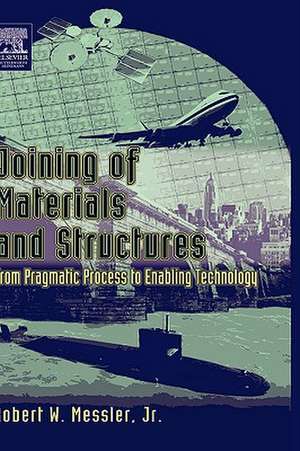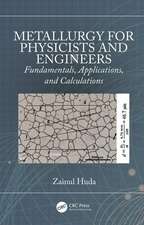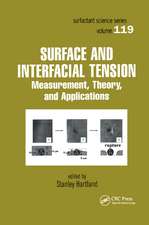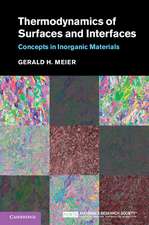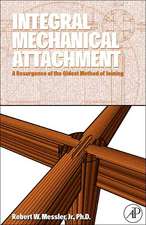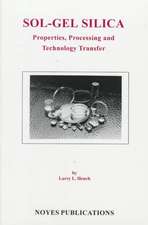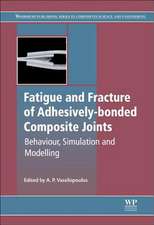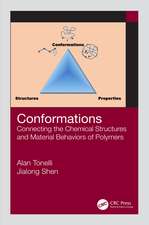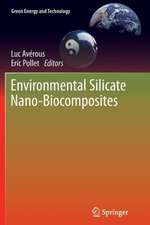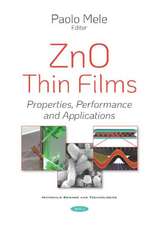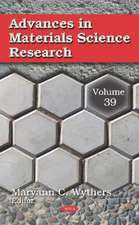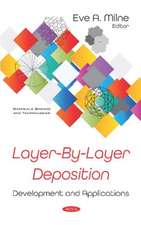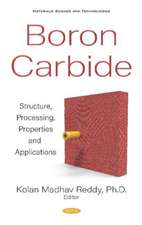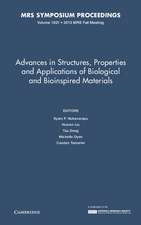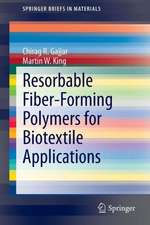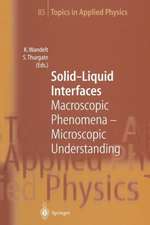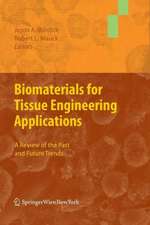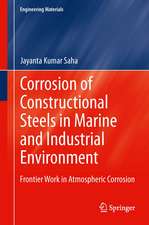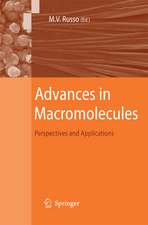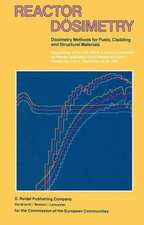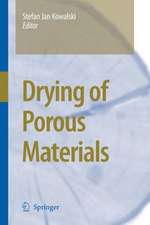Joining of Materials and Structures: From Pragmatic Process to Enabling Technology
Autor Robert W. Messleren Limba Engleză Hardback – 23 aug 2004
* Coverage all of major joining technologies, including welding, soldering, brazing, adhesive and cement bonding, pressure fusion, riveting, bolting, snap-fits, and more* Organized by both joining techniques and materials types, including metals, non-metals, ceramics and glasses, composites, biomaterials, and living tissue* An ideal reference for design engineers, students, package and product designers, manufacturers, machinists, materials scientists
Preț: 801.97 lei
Preț vechi: 1039.37 lei
-23% Nou
Puncte Express: 1203
Preț estimativ în valută:
153.47€ • 166.65$ • 128.92£
153.47€ • 166.65$ • 128.92£
Carte tipărită la comandă
Livrare economică 15-29 aprilie
Preluare comenzi: 021 569.72.76
Specificații
ISBN-13: 9780750677578
ISBN-10: 0750677570
Pagini: 816
Dimensiuni: 152 x 229 x 41 mm
Greutate: 1.39 kg
Ediția:New.
Editura: ELSEVIER SCIENCE
ISBN-10: 0750677570
Pagini: 816
Dimensiuni: 152 x 229 x 41 mm
Greutate: 1.39 kg
Ediția:New.
Editura: ELSEVIER SCIENCE
Public țintă
Mechanical Engineers and Materials Engineers involved with all aspects of joining, including welding, adhesives, rivets, bolts, soldering, brazing, and advanced fusion technologies--for metals, non-metals and even biomaterials. Also undergraduate students in upper-level engineering courses; graduate students in engineering courses.Cuprins
Introduction to Joining: A Process and a Technology; Mechanical Joining; Mechanical Fasteners, Integral Attachments, & Other Mechanical Joining Methods; Adhesive Bonding & Cementing; Adhesives, Cements, Mortars, and the Bonding Process; Welding as a Joining Process; The Basics of Welding Metallurgy; Brazing: A Subclassification of Welding; Soldering: A Subset of Brazing; Other Joining Processes: Variants & Hybrids; Joining Metals, Alloys, and Internetallics; Joining of Ceramics and Glasses; Joining of Polmeric Materials; Joining Composite Materials and Structures; Joining Dissimilar Material Combinations; Joining Structures and Living Tissue.
Recenzii
"If one is seriously interested to any extent in the process of joining in the broadest terms this must be a significant source of information" --International Journal of Adhesion and Adhesives"This is one of the most comprehensive texts available for the reference shelf on joining technologies. Very Highly Recommended!" --Adhesives & Sealants Newsletter, September 2006"Where it is proposed to join materials or structures in a new or unconventional way not already proven by use in service, this book will give a guide on methods to be adopted and problems which could arise. The book of some 800 pages with many photographs and illustrations is easily readable and a useful source of information on this most important aspect of modern construction." --W.A. Black in Building Engineer, April 2005
